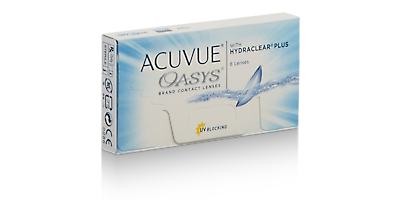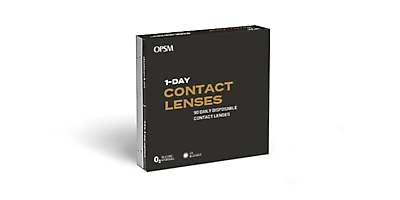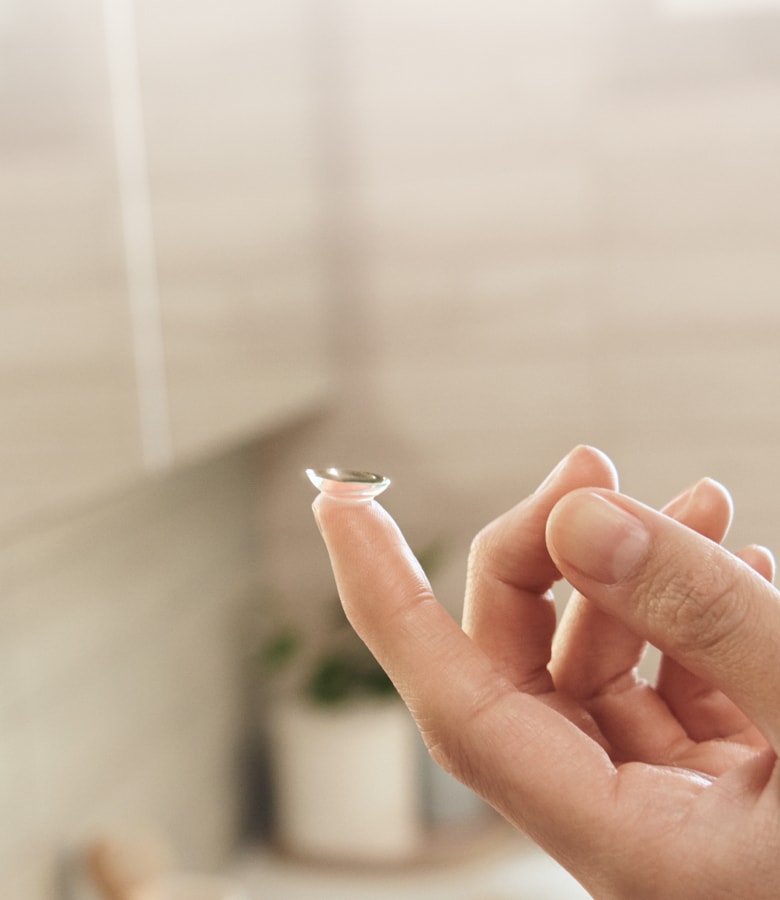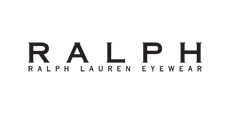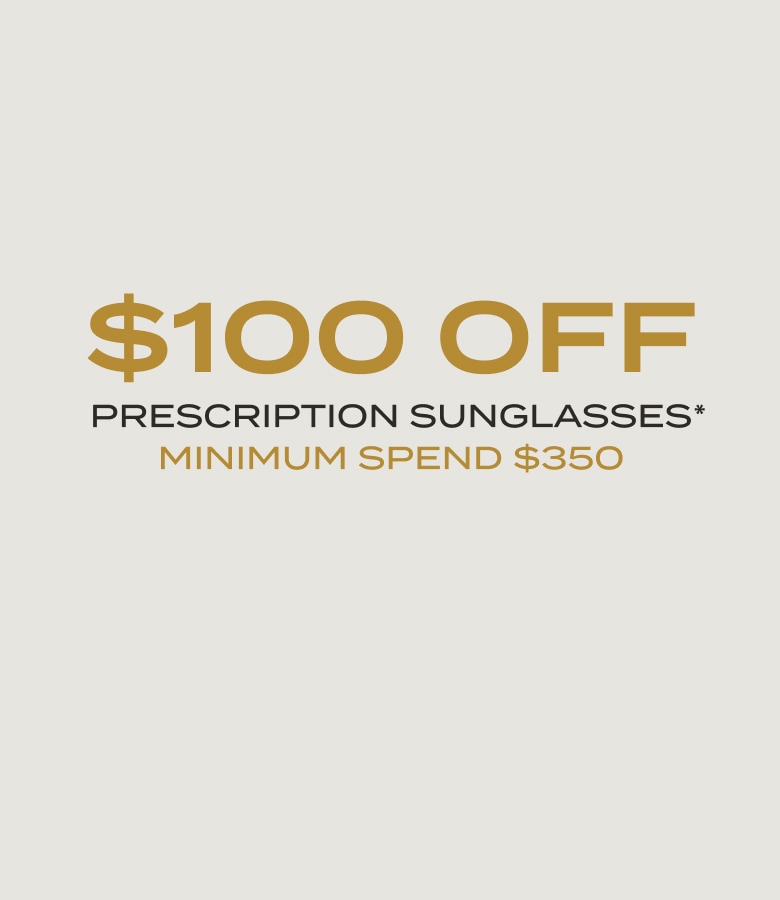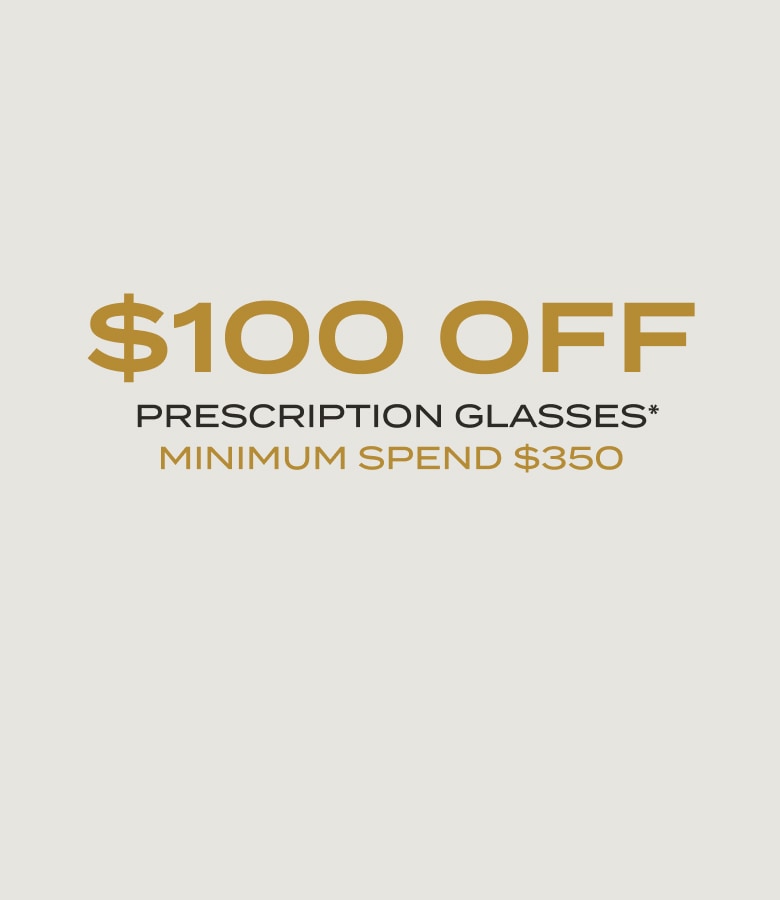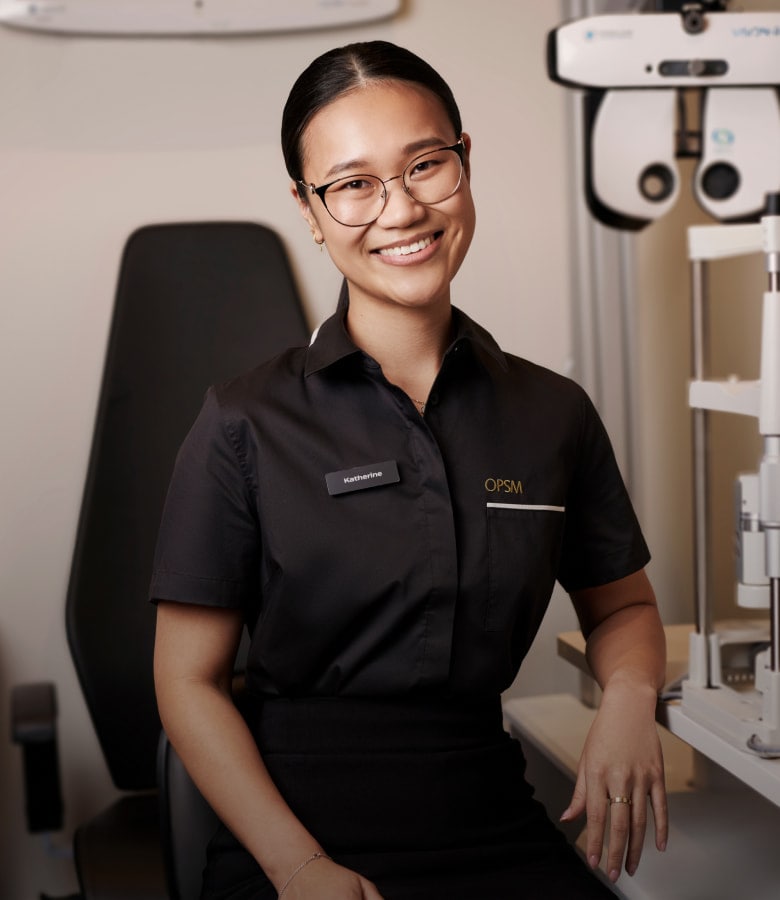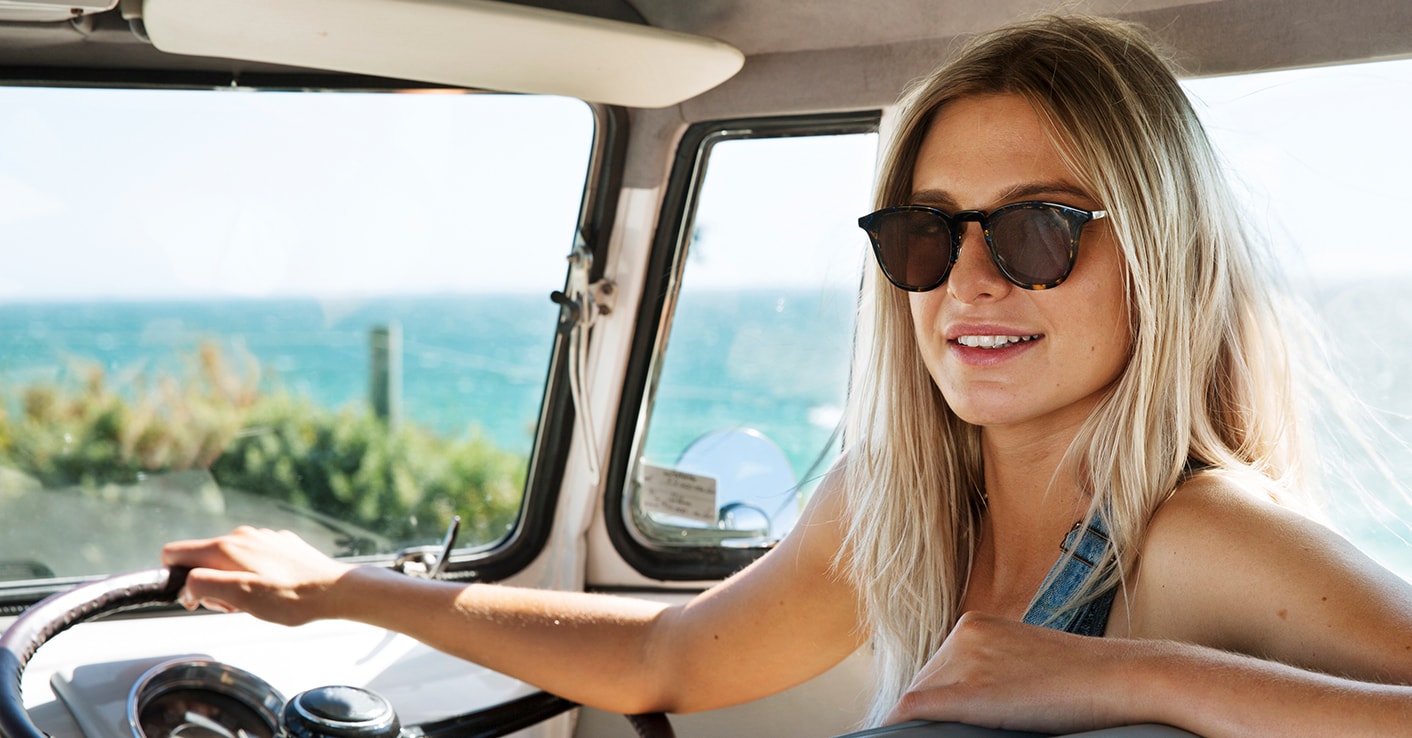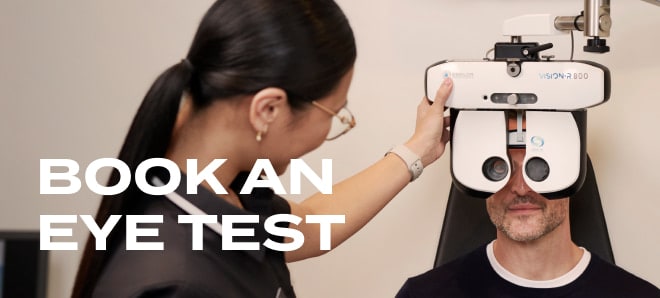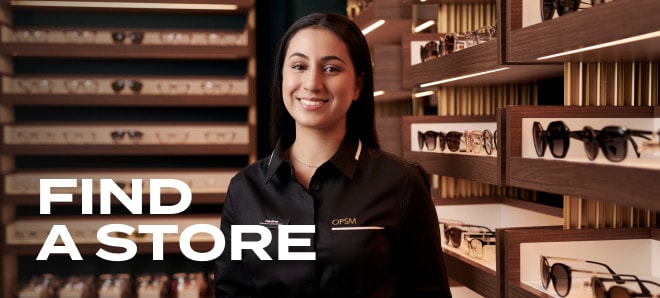Slide on sunglasses
SLIP, SLOP, SLAP in the sun but many people forget to SLIDE on a pair of sunnies. The damage caused by UV Rays is often irreversible and your most delicate skin is around the eyes making it the most susceptible to sun damage. Whilst the eyelid is designed to protect the eye, its skin is exceedingly thin and contains many fragile tissues that may be injured by UV light^.
Not only can UV cause premature aging (wrinkles) around the eyes it can lead to eye conditions such as cataracts and cancers on the surface of the eye. What’s more, the eyelid region accounts for 5% to 10% of all skin cancers*.
Sunglasses are outdoor essentials for all ages
DID YOU KNOW? Harmful ultraviolet (UV) radiation exposure to eyes peaks in the early morning and late afternoon for most of the year - not in the middle of the day as previously believed - because of the angle of the sun in relation to the eyes at those times^^.
Plus, the danger continues to grow as we spend time in the sun throughout our life, with cumulative UV damage. It’s important to get children into the habit of wearing proper-fitting an early age, as they are also more susceptible to retinal damage because the lenses in their eyes are clearer, enabling more UV to penetrate deep into their eyes**.
Sunglasses are more than meets the eyes
FACT. The dark tint on sunglasses has nothing to do with UV protection. Many fashion frames have dark-tinted lenses that may cut down on glare, but won’t provide enough UV protection.
All sunglasses sold in New Zealand must be tested and labelled according to the Australian/New Zealand standard AS/NZS 1067:2003 Sunglasses and Fashion Spectacles. Under the Australian and New Zealand Sunglass Standards, sunglasses with a value of 3 and 4 absorb almost all UV radiation. Wearing a broad-brimmed hat and sunglasses that meet the Australian and New Zealand Sunglass Standards can reduce UV radiation exposure to the eyes by up to 98%***.
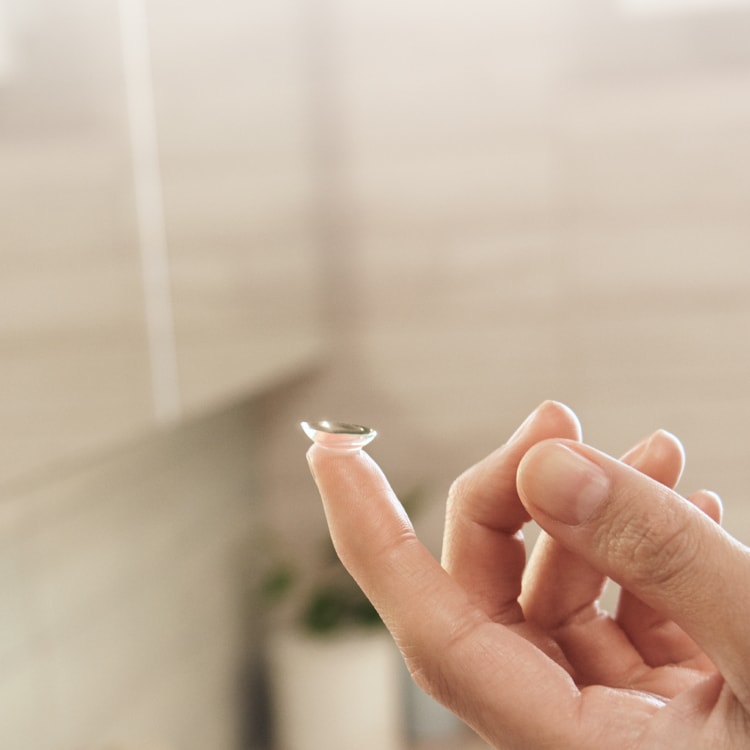



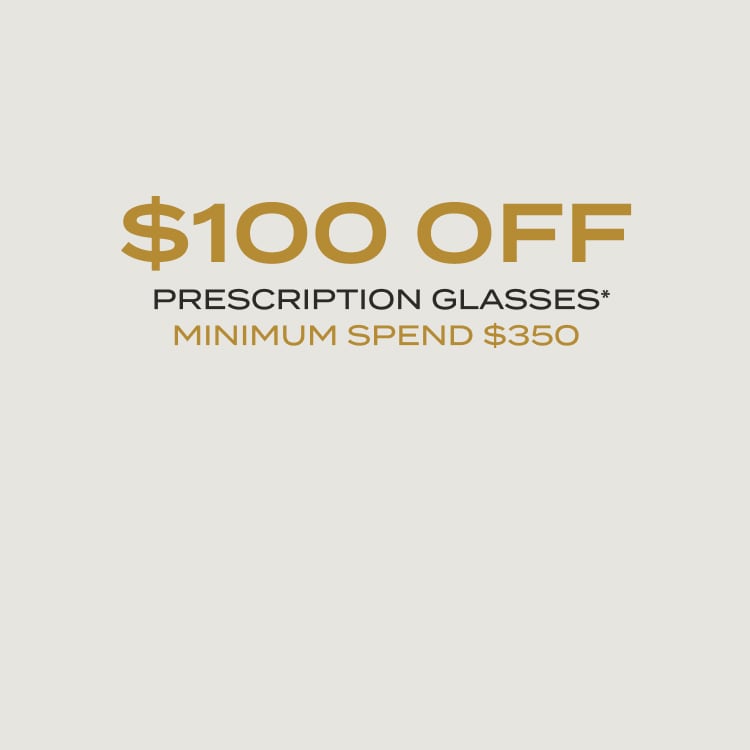



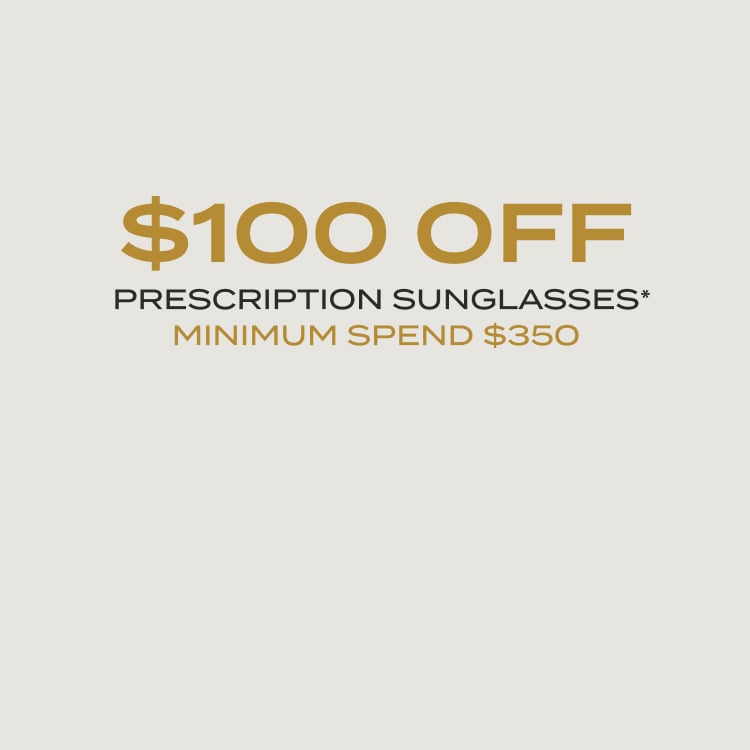
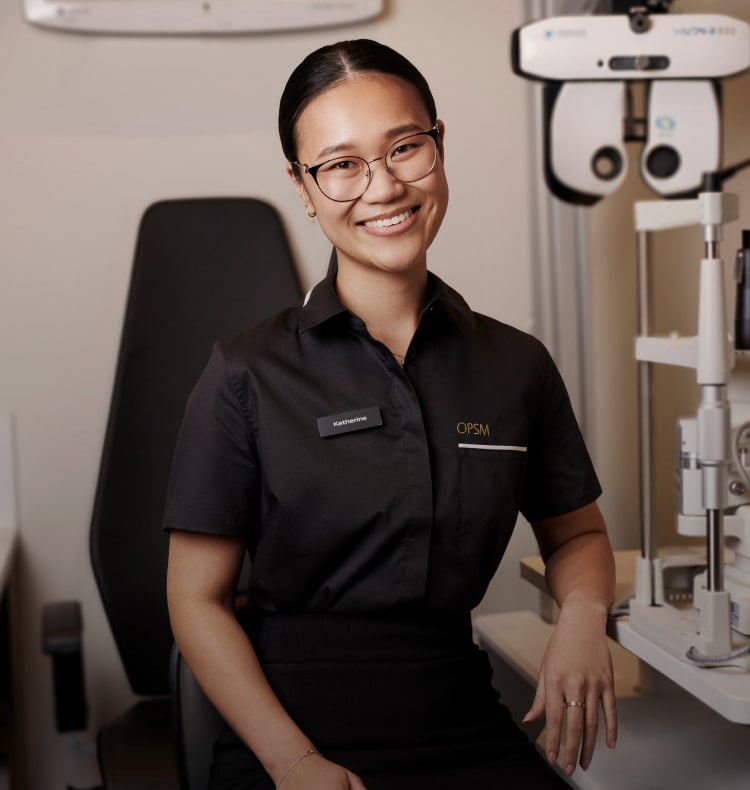
 Book an eye test
Book an eye test
 Health Funds
Health Funds
 Find A Store
Find A Store
 Favourites
Favourites







